I'm designing a PCB for a device, which will contain the following functional blocks:
- 12V power input with SCR crowbar, reverse polarity protection, soft-start, and 3.3V linear regulator. Regulator feeds all ICs on the board (MCU+INA219+MAX31865);
- DB-9 connector which leads to external heater device with PT100 sensor, INA219 to measure heater current and MAX31865 to measure PT100 temperature. Heater is designed to draw relatively small currents, not more then 800 mA;
- MCU, which drives the heater via logic level MOSFET, communicates with INA219 and MAX31865 on board, and CP2102 for USB link.
On the below image I've shown board sketch with 3 zones, where I've placed components of 3 logic blocks mentioned above. Board is 4 layer (signal-GND-3.3V-signal).
Am I right with this layout? If yes, how should I divide ground plane (and should I?)? Should I add second linear regulator to feed ADCs separately? I've read many forums and replies on this site about digital and analog ground, however some advices are contradictory, and for me it's complicated to apply abstract advices to real board layout (this is the first board of such complexity for me).
ADDED:
- +12V is supplied from wall wart AC/DC
- +12V and +3.3V have common ground
- USB is connected to a PC, can be disconnected. USB +5V isn't used to power the circuit (connected to VBUS pin of CP2102 according to the datasheet).

